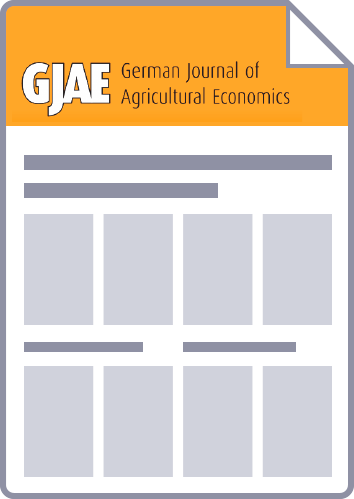This paper provides an overview of the most recent developments on Russian cereal markets. A review of annual statistics on domestic production, trade, consumption, and storage of cereals reveals that the improvement in Russia’s net trade position cannot only be explained by increased productivity of grain producers. Exhausted storage capacities and lowered real trade costs after the devaluation of the Russian rouble in 1998 seem to have contributed to these developments. A computable general equilibrium model for Russia based on 1999 data was used for analyzing various economic
developments and policy changes. The model simulations show that market protection in the short run, when the flexibility of labor and capital is restricted, may benefit Russian farmers. If, however, in
the long run such structural rigidities can be abolished, a more liberal trade regime would also be positive for the domestic farm sector.



